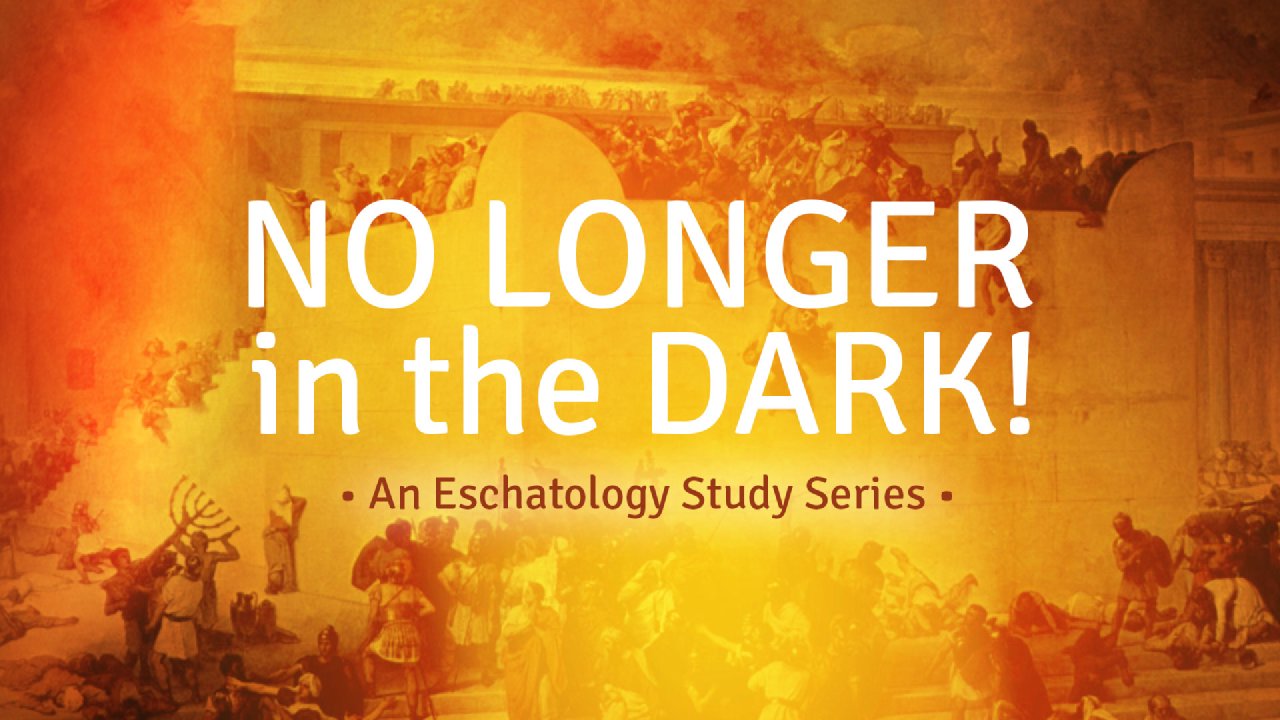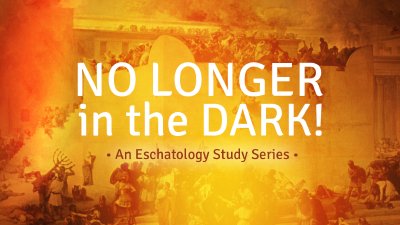Once again speaking on the subject of eschatology, John Alley begins this message with a brief outline of the life of Rev Richard Johnson, who arrived on the First Fleet 226 years ago. Rev Johnson achieved remarkable things, says John, as did his contemporaries Wilberforce and Newton. So what did these men have in common that resulted in the great works that they achieved? Clearly, all 3 believed in our wonderful Saviour, but in addition these men did NOT believe that the world was almost at an end, and therefore whole-heartedly poured out their lives in service to Christ.
John, examining the Passage from Matthew 24 and 25, outlines 13 differences in the 2 parts of this passage, each of which answers one of the two questions posed to Jesus in Matthew 24:3. This verse is often interpreted as being one question, but a closer examination clearly proves that there were actually 2 questions, and therefore 2 answers. The first question and answer have already been fulfilled, but the second is still in the future. We should not, therefore, become complacent but should work for the Kingdom of God.





